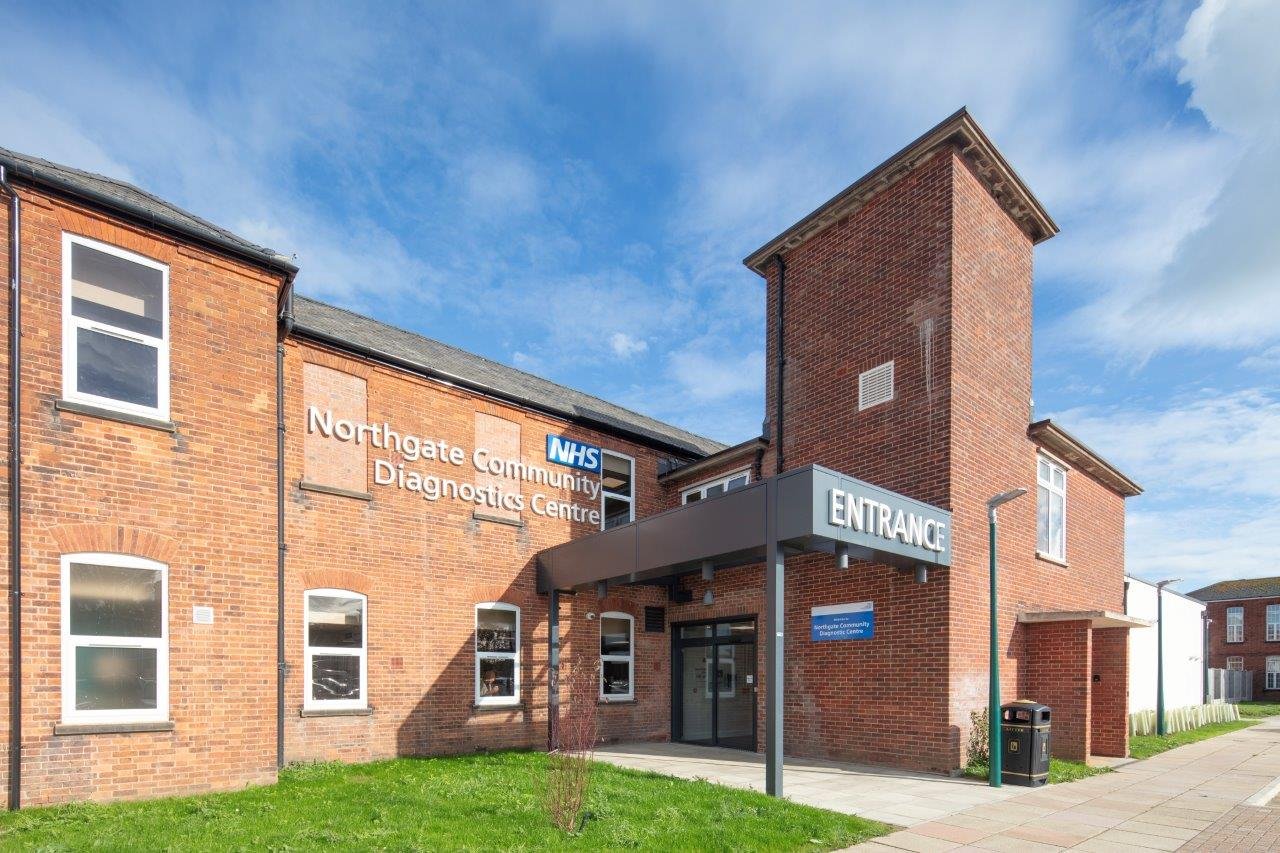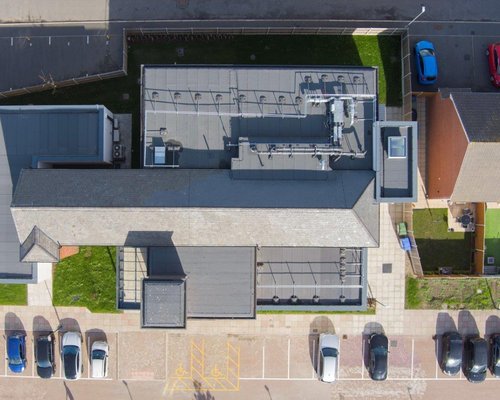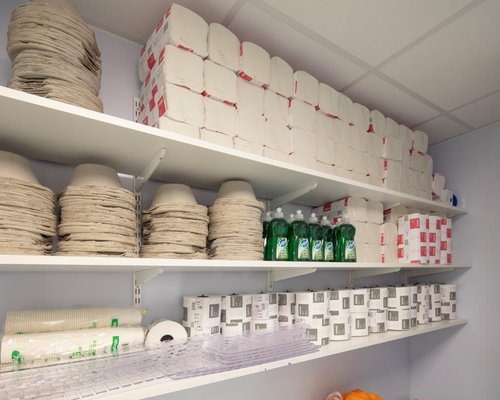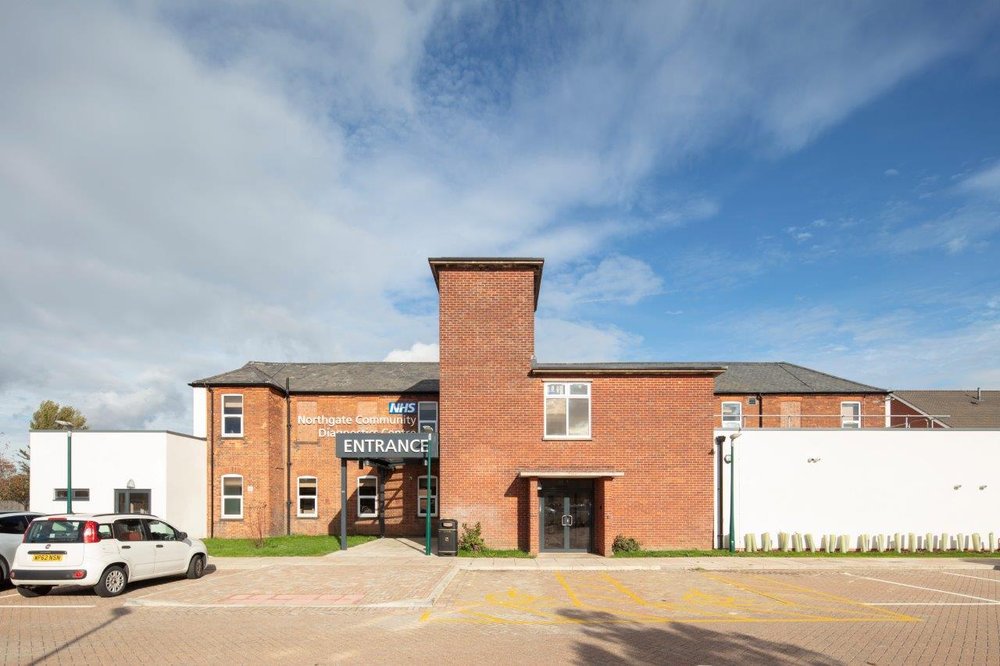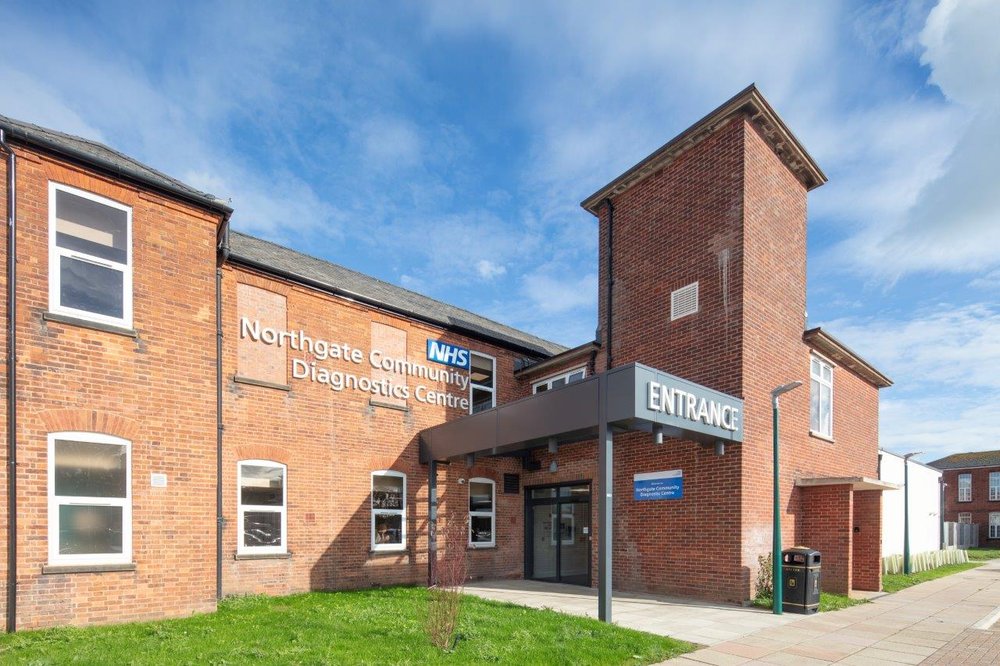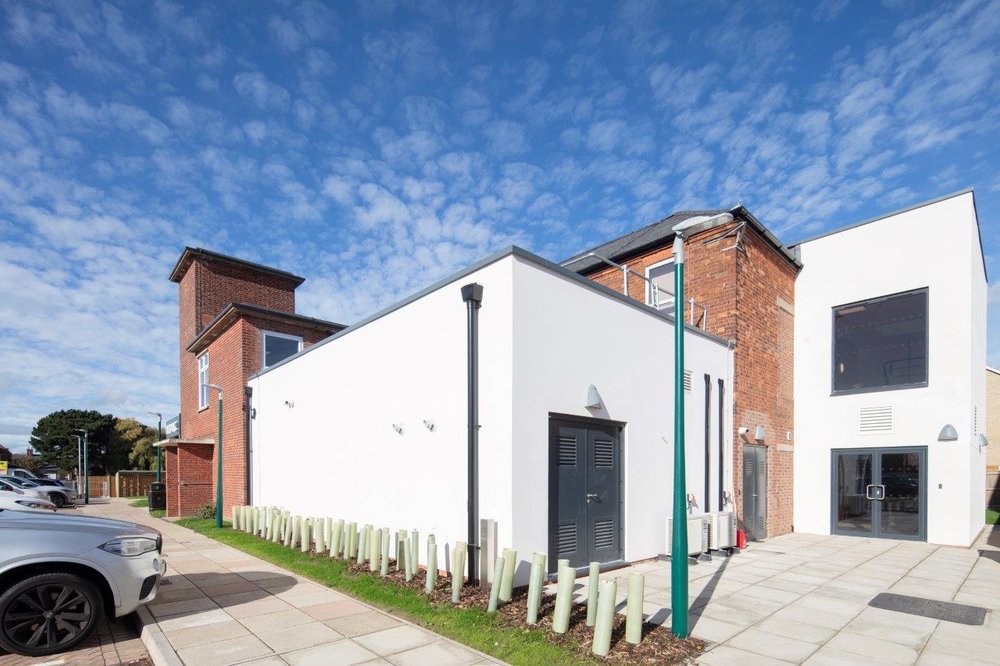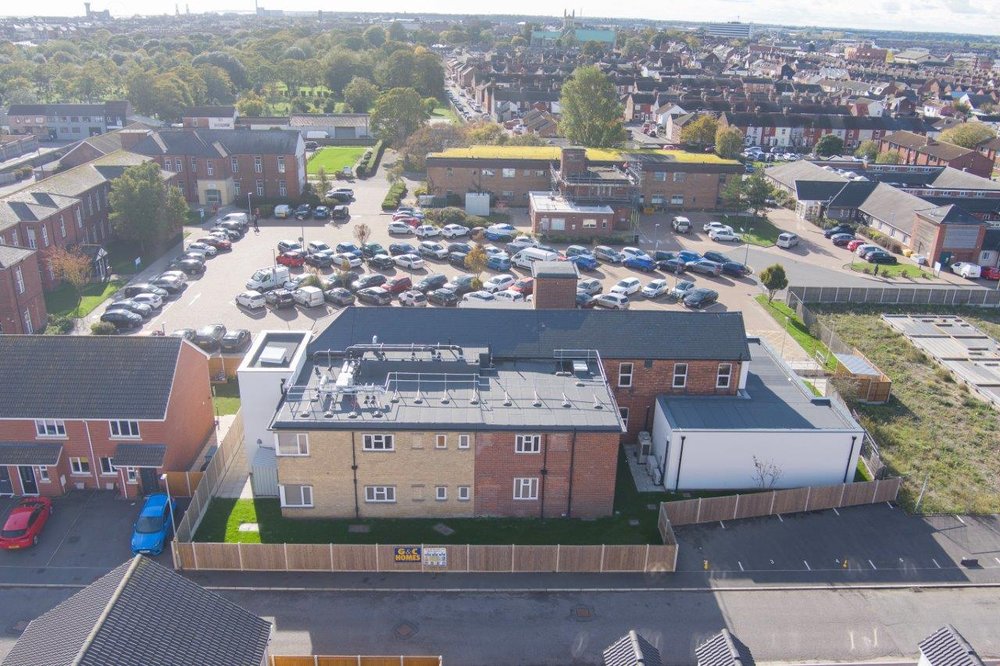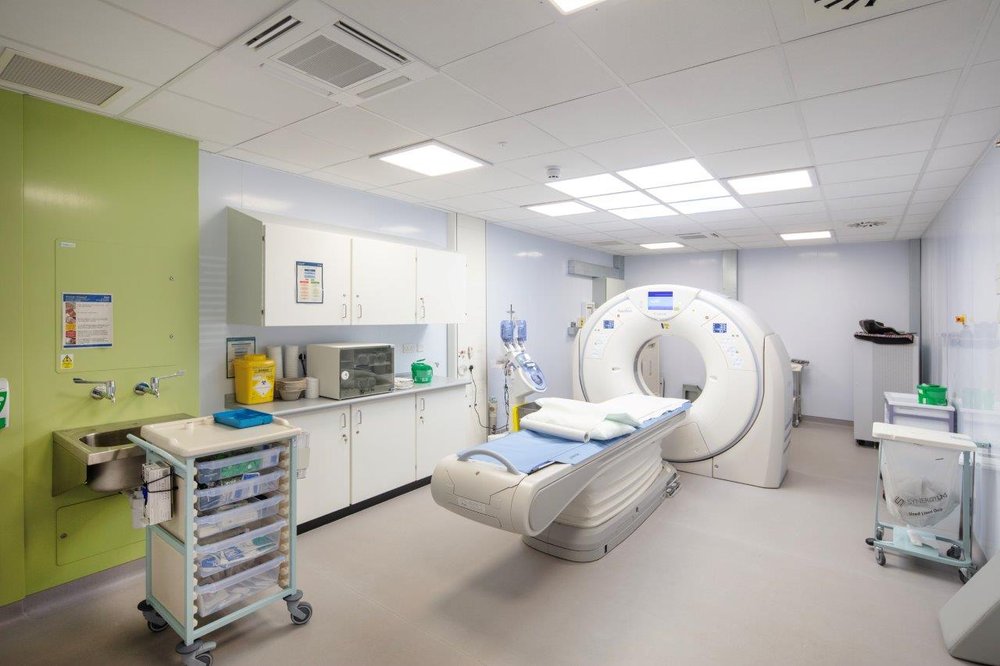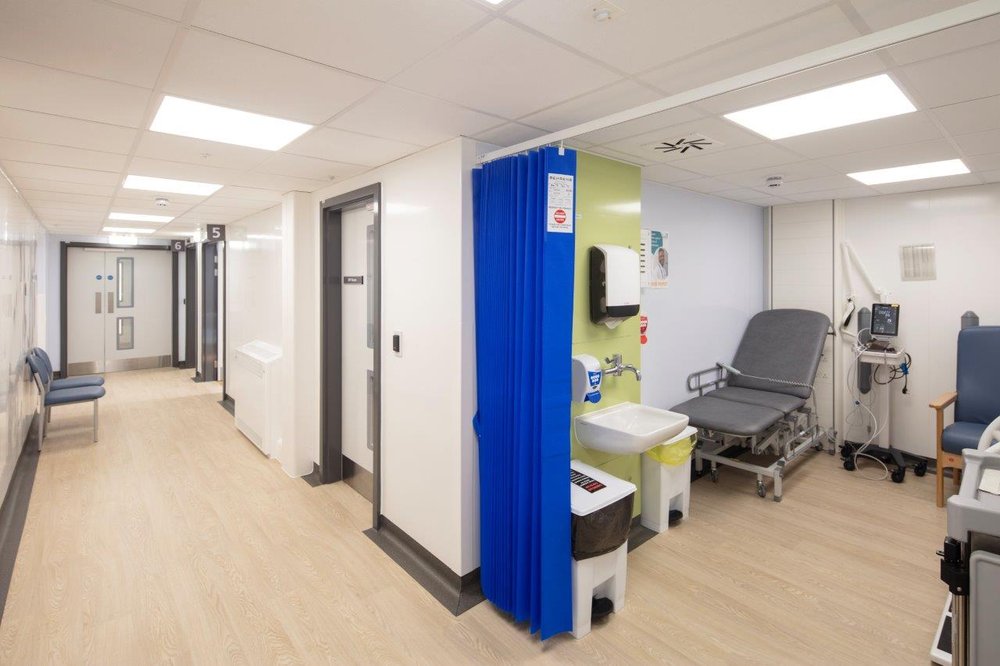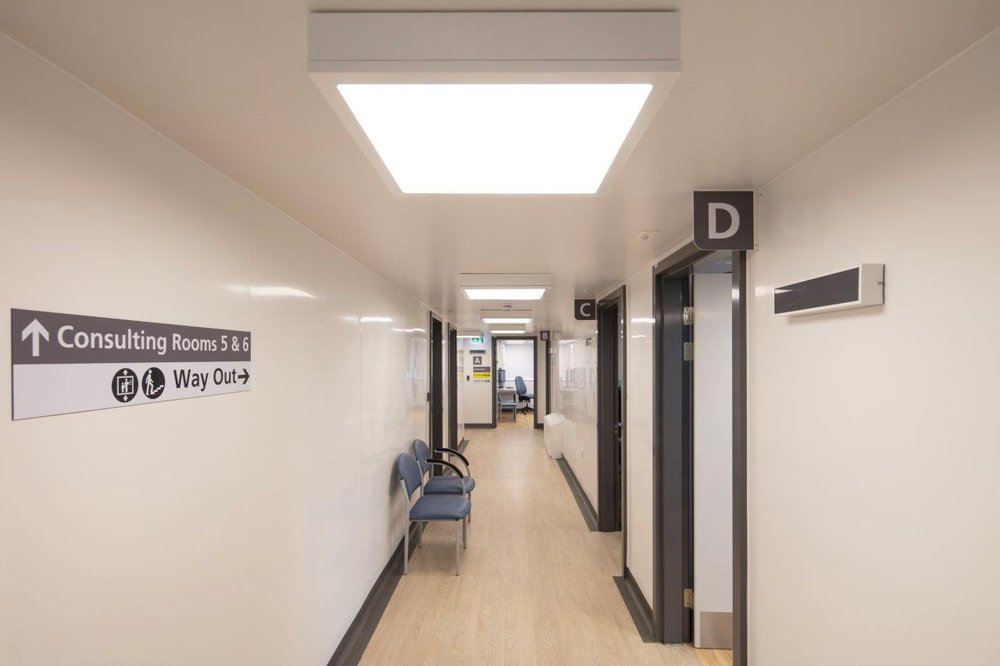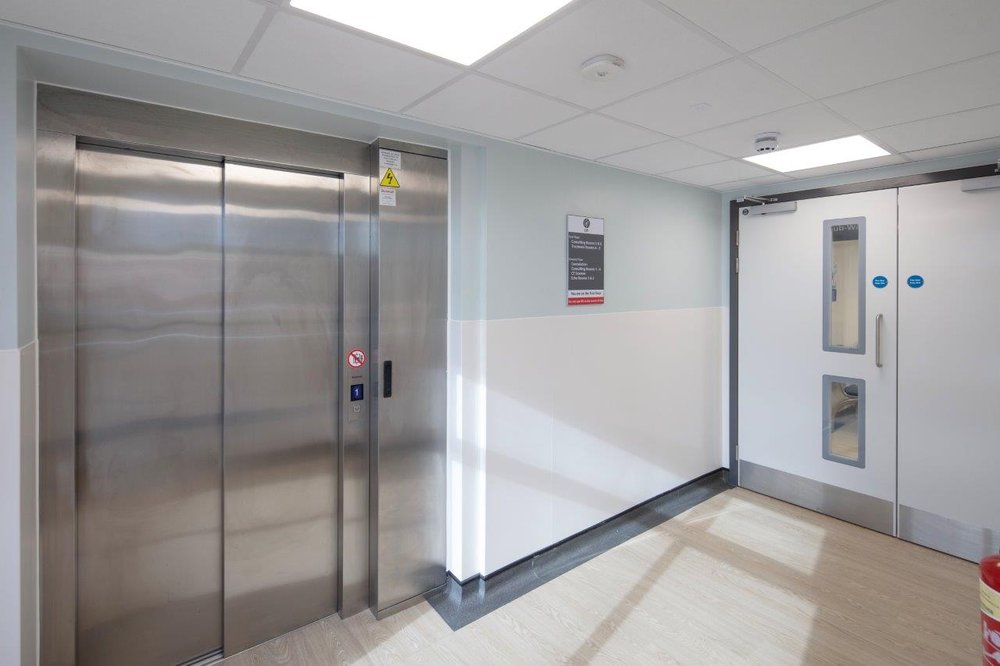Northgate Hospital Community Diagnostic Centre
In the Spring of 2024, a new chapter in Great Yarmouth’s healthcare landscape began with the development of the Northgate Hospital Community Diagnostic Centre (CDC). Fast forward to September 2025, the centre—designed to decentralise diagnostic services, ease pressure on hospitals, and bring vital healthcare closer to the community—was successfully completed and handed over.
Key Stats
- Complex demolition and refurbishment requiring temporary props and service diversions throughout the building.
- Constrained site footprint demanded meticulous planning for access
- Delivered through the Pagabo framework
- Delivered defect free and within budget
At a Glance
Budget
£9m
Completion
September 2025
Location
Great Yarmouth
Framework
Pagabo
Sector
Health, Primary Care
Sustainability
122T of Co2e saved throughout the project
Historical Context and Need for Modernisation
The project, which was delivered through the Pagabo framework, is located within the former Cranbrook Centre, situated on the grounds of the existing Northgate Hospital.
Historically, the Cranbrook Centre had fulfilled various roles under the Norfolk and Suffolk Foundation Trust. However, the building’s internal configuration no longer aligned with modern clinical standards, particularly regarding circulation and emergency egress. This highlighted the need for a comprehensive refurbishment and spatial reconfiguration to support contemporary healthcare delivery.
Thanks to its strong potential for adaptive reuse, along with practical accessibility and seamless integration into the wider hospital estate, the Cranbrook Centre was identified as the most suitable location.
As part of the initial scope of works, an existing extension on the west side of the building was demolished to facilitate the construction of a new CT scanner suite.
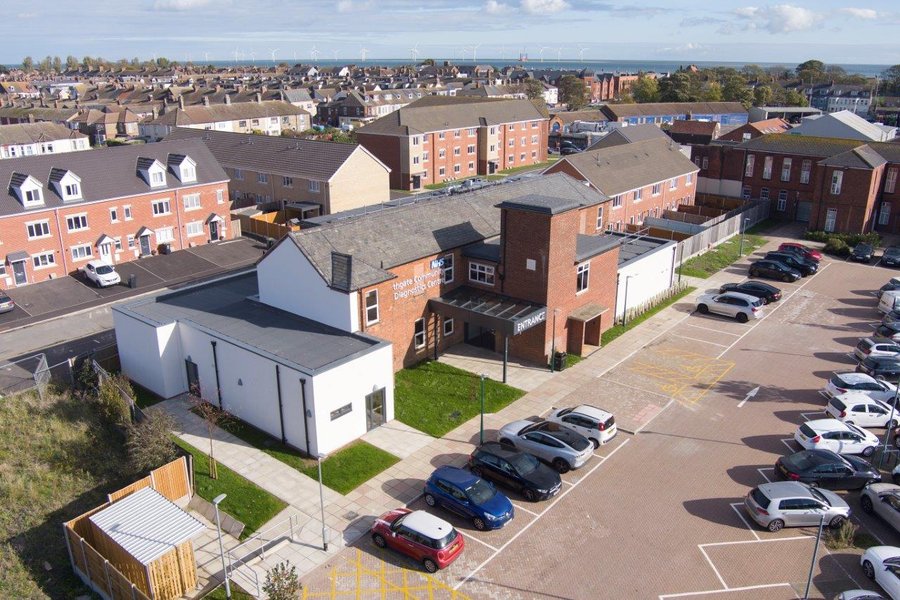
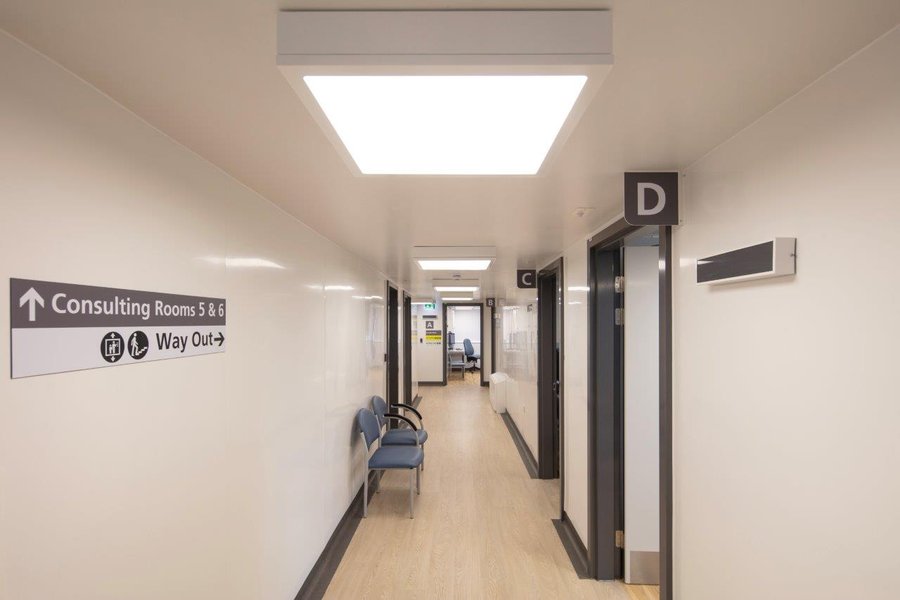
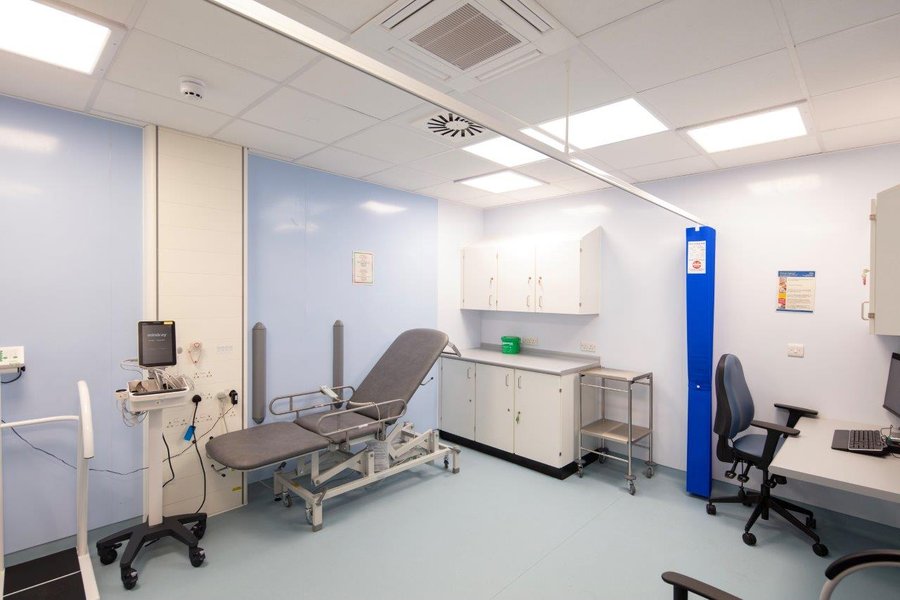
Navigating a Live Hospital Environment
The project commenced within a live hospital environment, an approach not without its challenges. The site included active GP services and mental health facilities, requiring meticulous planning to ensure both safety and continuity of care. Robust site security protocols such as physical barriers, controlled access points, and regular monitoring, were implemented to prevent unauthorised access, particularly by vulnerable patients.
Further complicating the project, initial design assumptions indicated that the internal walls were non-structural. However, it was later discovered that many of these walls were, in fact, load bearing. This unexpected finding necessitated significant structural interventions, including the installation of steelwork to replicate the load-bearing function of the removed walls. As a result, an extensive temporary works programme was needed, involving complex propping throughout the affected areas—all while construction continued within a live healthcare environment.
Phased Handover: Adapting to Changing Needs
Originally intended as a single-phase handover, the project evolved into a phased delivery approach due to complexities arising from the temporary works programme and a revised drainage strategy. The delivery strategy was adapted, enabling early completion and handover of the internal works, including the newly constructed CT scanner suite. This initial phase was driven by a fixed delivery and commissioning date for the scanner, which was shipped from Holland. To support the accelerated timeline, a heat recovery unit—sourced from Spain—was also fast-tracked. In parallel, due to the drainage alterations required, the building was handed over ahead of the external works.
As patients began accessing the facility while construction continued, the site transitioned from a controlled construction zone into a live clinical environment. To ensure safety and minimise disruption, temporary partitions were installed to maintain fire integrity and secure escape routes. Additional measures were implemented to manage dust, noise, and site access.
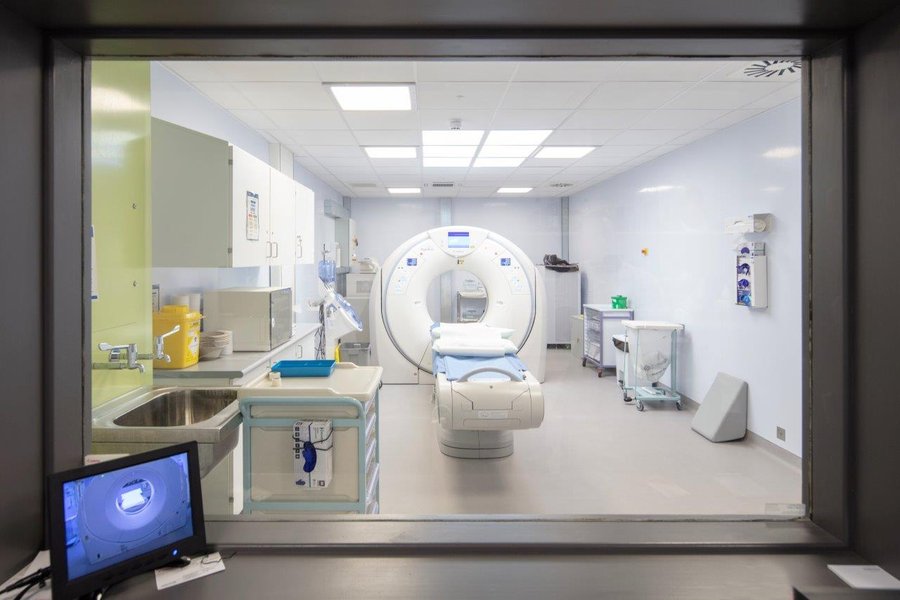
Sustainability at the Core
From the outset, the project team made a strategic decision to retain and upgrade the existing structure rather than pursue full demolition, removing only a small section to accommodate new clinical requirements. This approach preserved the character of the Cranbrook Centre which contributed to an estimated carbon saving of approximately 122 tonnes of Co2e, supporting the NHS’s commitment to achieving Net Zero.
The building was stripped back to its shell, with outdated load-bearing walls removed and a new internal structure installed to meet modern healthcare standards. The roof was retiled, insulation was upgraded, and a modern mechanical and electrical system was introduced.
Embedding Social Value
Social value was a core principle throughout the delivery of the Northgate CDC. The project team actively engaged with the local community, hosting multiple site visits for schools and community groups, to offer a behind-the-scenes look at healthcare construction.
One standout initiative during the project involved supporting a local school in need of play furniture. Rather than purchasing new items or outsourcing their production, the project team partnered with a nearby college to involve students in the design and fabrication process. This collaboration provided students with valuable hands-on experience, allowing them to apply their skills in a real-world setting while contributing meaningfully to their community.
Once completed, the furniture was delivered to the school, creating a dual benefit: the school received much-needed equipment, and the college students gained practical construction experience
The new Community Diagnostic Centre at Northgate offers patients a range of tests and scans using the latest equipment, within a fully modernised environment, in a community location.
Its completion means we have opened three new diagnostic facilities with the space of just over a year, which together provide extra capacity, helping our patients access tests more quickly, resulting in swifter diagnoses which are so important for treating many conditions.”
James Paget Chief Operating Officer, Charlotte Dillaway
Gallery
Related News
NEWS
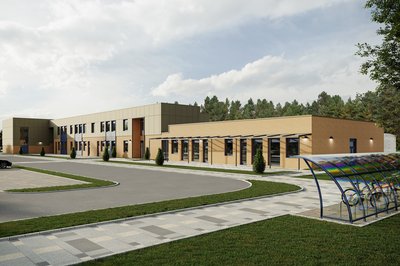
Great start made at Peterborough’s Great Haddon Primary School
Morgan Sindall Construction’s Cambridgeshire business has broken ground at a brand-new primary school in Peterborough.
NEWS
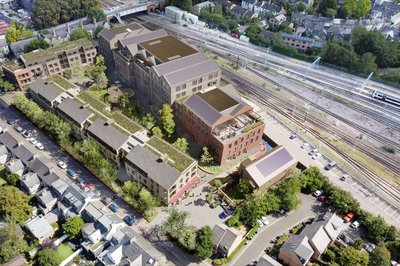
First construction milestone reached at Railpen’s Mill Yard neighbourhood
The latest milestone at Mill Yard, Railpen’s new neighbourhood located on Devonshire Road, has been reached with the topping out of the first residential building.
NEWS
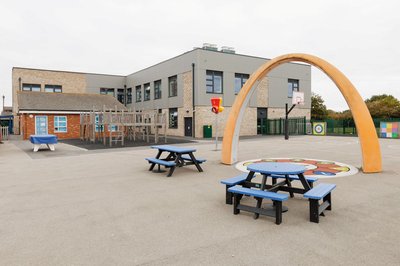
Castledon SEN School marks new era with opening of state-of-the-art extension
Morgan Sindall Construction’s Essex business has successfully handed over the specialist educational needs (SEN) Castledon School, which is part of Zenith Trust, to Essex County Council (ECC).


